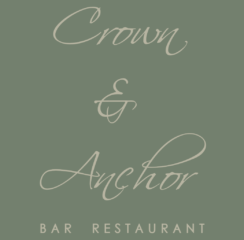The Food of Love
Oysters. The taste of the ocean. The salt essence of the sea. The food of love.
Oysters have long been associated with romantic love. The renowned Roman physician Galen of Pergamon prescribed oysters as a cure for declining sexual desire in the 2nd century. By the 1700s, Giacomo Casanova was recounting erotic tales of oyster-based seduction. Though their aphrodisiac qualities are debated by modern science, few can deny the sensuality of eating oysters with your fingers as formality falls away.
Here are ten things you might not know about this delicate delicacy.
1. Oysters are prehistoric – they existed in the Cretaceous period when dinosaurs roamed the earth, more than 66 million years ago. They have long outlived their gnarly contemporaries.
2. Though they are now gourmet fare, oysters were once both cheap and readily available. They would be eaten by the poorest in society as well as the richest.
3. Medieval builders used shells as a packing material, or ‘pinnings’, to hold lime mortar in wall joints. At Aberdour Castle you can see the white flecks of oyster shells in the masonry. These were probably caught locally in the Firth of Forth. After the meat was eaten, the shells were reused.
Oyster shells in the wall at Aberdour Castle
4. Oysters are highly nutritious. Four medium-sized ones will supply you with your daily recommended allowance of iron, copper, zinc, magnesium and calcium.
5. The rich and famous have eaten oysters to give them strength. Louis XIV of France, had oysters delivered to Versailles daily for his breakfast, and Napoleon Bonaparte would eat a dozen oysters before heading into battle – perhaps to fortify him for the challenges ahead?
6. Scottish oyster farmers predict the sale of around 140,000 oysters during Valentine’s week for romantic meals at home and abroad.
7. Tradition has it that you should only eat oysters in months with an ‘r’ in the name. However, while they may be tastier in the winter, Scottish oysters are always in season as the waters around the west coast remain cool all year round. Sometimes our cold climate is a blessing!
8. There was once a significant oyster fishery in the waters around Blackness Castle on the Firth of Forth. At its peak it produced more than 30 million oysters a year, supplying Edinburgh and beyond. By the 1950s the oyster beds had been exhausted, though a surprise find in 2009 suggests they are making a comeback.
Blackness Castle
9. Seamus Heaney, in his wonderful poem ‘Oysters’, described them variously as tasting like ‘the salty Pleiades’, as the ‘philandering sigh of ocean’, and as ‘the frond-lipped, brine-stung glut of privilege’.
10. Oysters are tasty both cooked and raw, and there are thousands of recipes out there. Don’t let anyone tell you there’s a right or a wrong way to serve them.
Et bon appétit!
Source: http://www.historic-scotland.gov.uk/blog/the-food-of-love/


